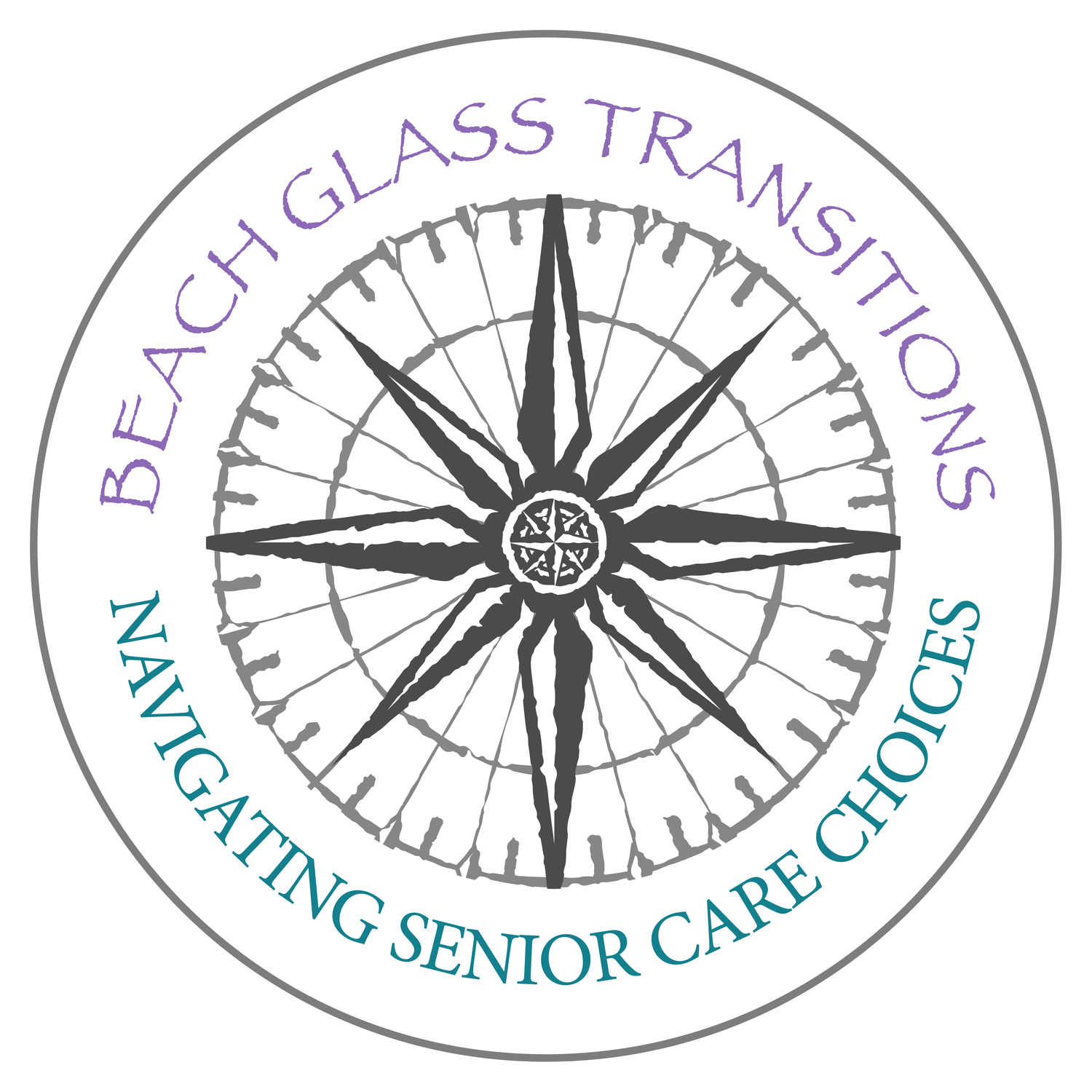About Medicare
/The first thing to understand about Medicare is that it does not pay for Long Term Care services, including Home Care, Assisted Living, Memory Care, or Nursing Care. This is a common misconception about Medicare, leading many people to believe they do not need a contingency plan in place once they qualify for Medicare.
Medicaid is the federally and state funded program that helps to pay for long-term care under certain qualifications. However, not everyone who qualifies for Medicare also qualifies for Medicaid. Medicaid is only available to people who fall beneath strict asset and income limits and access specific medical care. These limits vary state to state, as does coverage. You can read more about this program in the Medicaid section.
Medicare is a federally funded health insurance program available to all people over the age of 65. It is also available to individuals younger than 65 with permanent kidney failure in need of dialysis treatment, or to individuals who are unable to work due to disability and meet specific criteria. It operates similarly to traditional health insurance, but there are no limits on pre-existing conditions.
Medicare is broken down into many parts:
Part A provides inpatient hospital coverage, rehabilitation stays at Nursing Care Communities, and Hospice Care. There is no premium for individuals over age 65 who are receiving Social Security. If you are not eligible to receive social security, you may have to pay a premium.
Part B covers outpatient care, primary care, and specialist care, as well as some additional services; e.g., mobility assistive equipment. Part B costs an affordable, subsidized premium, which commonly is deducted from your Social Security pension.
Part C is called Medicare Advantage and is an optional substitution plan to Parts A and B. Medicare Advantage plans are run by private companies, but they are overseen and regulated by the government. They must include all of the benefits of A and B, but often include extra coverage for a higher premium; this may include prescription, vision and dental care. Out of pocket expenses may be lower with Part C plans.
Part D is prescription drug coverage. Like parts A and B, the government manages it, but it is voluntary to enroll.
You want to enroll in Medicare during the three months before you turn age 65 in order to ensure there is no delay in your coverage. If you miss this window, you may still enroll up to three months after you turn age 65, not including your birth month. In other words, if you turn age 65 in April, you may enroll, penalty-free, from January until July. If you do not enroll during this period you may have to pay a higher premium for late enrollment.
Medicare also has a yearly open enrollment period that falls between mid-October and early December, though the exact dates change by year. During this time, you can make changes to your Medicare coverage. It is important to understand that Medicare is not one-size-fits all, and as you age and your medical needs change, you may need to change your coverage.
Often, people are either under insured or over insured. To determine if you fall into one of these categories, get some assistance in evaluating your needs. Medicare.gov has a plan finder that can help you find what kinds of coverage are right for you, given your medical and prescription needs. Additionally, you can contact your local SHIP (State Health Insurance Assistance Program) for a referral to someone who is qualified to support you in figuring out what coverage plan is right for you.
If you have questions about Medicare, please contact us. We will happy to answer your question by e-mail, or set up an office hour to sit down with you and discuss your questions.

